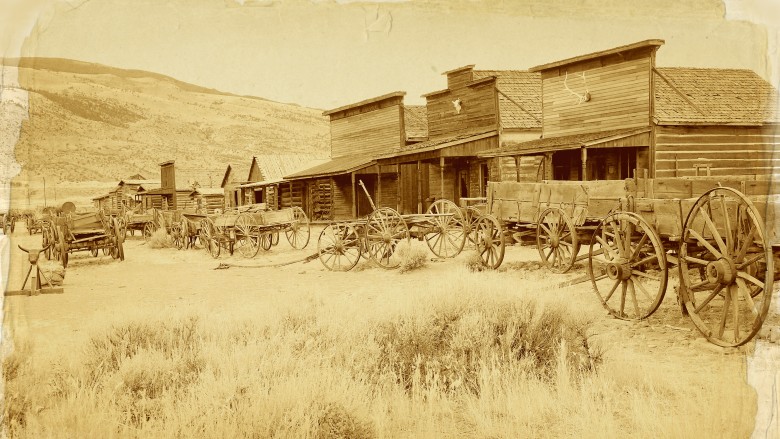The technical definition of historical fiction is “a literary genre in which the plot takes place in a setting located in the past.” That’s pretty vague, but then again, the genre is a pretty vague one if you’re being honest.

But when, exactly, is the past “historical?” Celadon books suggests you give it a minimum of 50 years from your current time. That seems reasonable: 50 years puts you firmly in the time of your grandparents, which is when most people see a big difference in society and culture. You can go as far back as you wish but start at least 50 years ago.
The thing that makes historical fiction so popular and so believable is the setting. Historical fiction should be set in a real place and time, even if characters and parts of the setting are fictional. My two heroes, for example, live in the very real city of San Francisco, California in the very real time of the 1870s. Their house is fictional but would fit into the houses along that street at that time. I’ve done a lot of research, so their home city is portrayed as it actually would have been then, to the best of my abilities.
There are six basic divisions of historical fiction:
- Biographical – these stories tell the fictionalized account of a real person’s life, or of a real group of people.
- Historical Epics – a series of books that often span several eras.
- Historical Adventure – in these books the protagonist goes on a journey or has a series of adventures before reaching his or her goal.
- Historical Romance – the main focus of the book is the romance, but the story is set in the past.
- Historical Mystery – the main focus of the book is the mystery, but the story is set in the past.
- Historical Fantasy – the author changes certain facts from the past and keeps others the same, as in an alternate history or time travel story.
Historical fiction wasn’t recognized as a literary genre until the early 1800s. One of the first popular books in this new category was Sir Walter Scott’s Ivanhoe, set during the Age of Chivalry. Nowadays, the 1960s qualify as “historical,” so you’ve got a lot of time to play with. Whether you write about mail order brides in the Old West or 12th Century nobility, if it’s set in the past, it’s historical fiction.
In a 2015 article called “7 Elements of Historical Fiction,” M.K. Tod says that all fiction writers must consider seven critical elements – as well as bringing the past to life:
- Character: your characters must appear to be from the era you’ve set them in, from their clothing to their mannerisms and beliefs. That means you need to do your research and find out how a peon would differ from a nobleman, or how a beggar would act as opposed to a shopkeeper.
- Dialogue: you shouldn’t try to write exactly as those old writers did. Such language today is stultifying and quite difficult for your reader to wade through. Do sprinkle in words or phrases that get across the idea that they’re really in your past world, though. One thing to be careful of is slang – it’s changed greatly through the years and a word that means one thing today might have meant something completely different in the past.
- Setting: this means time and place and is the most essential part of a historical fiction writer’s task. Your readers need to feel transported into the past within the first paragraph or two of your story. Do your research and find those little details that will create a vivid setting for your readers.
- Theme: your theme, too, must reflect the era in which you’re writing. What does loyalty mean in 14th Century Japan as opposed to the modern era? How was coming of age different in your era?
- Plot: your plot must rotate around actual historical events that would have taken place at that time. This is especially true if you’re including an actual historical figure in your story.
- Conflict: your conflict must also reflect your chosen era. People often faced different sources of conflict in the past, and you must make sure that your conflict is reasonable for that place and time.
- World Building: as Harry Sidebottom (author of the Warrior of Rome series) said, “the past is another country; they not only do things differently there, they think about things differently. When building your world for your readers, you need to think about such things as customs, social arrangements, family environment, government, politics, and physical geography.
Tod also gives a list of topics you should consider when doing your research: attitudes, language and idiom, household matters, material culture, everyday life, historical timelines, occupations, diversions, regulations, vehicles, travel, food, clothing and fashion, manners and mannerisms, beliefs, morality, the mindset of the time, politics, social attitudes, wars, revolutions, prominent people, major events, news of the day, neighborhoods, gossip, scandals, international trade, travel, how much things cost, worries and cares, highways and byways, conveyances, landscape, sounds, tastes, smells, class divisions, architecture, social preoccupations, religious norms, cataclysmic events, legal system, laws, regulations, weather, military organization, cooking, sex, death, and disease.
What do you research for your stories?
